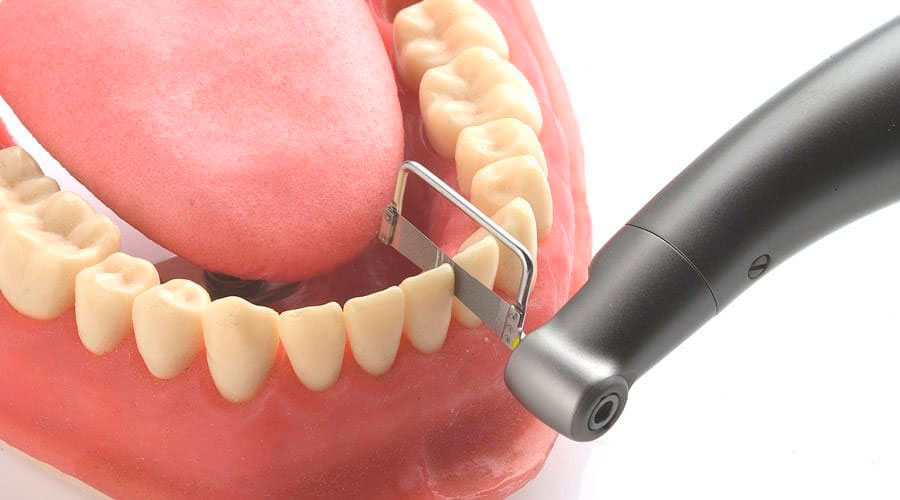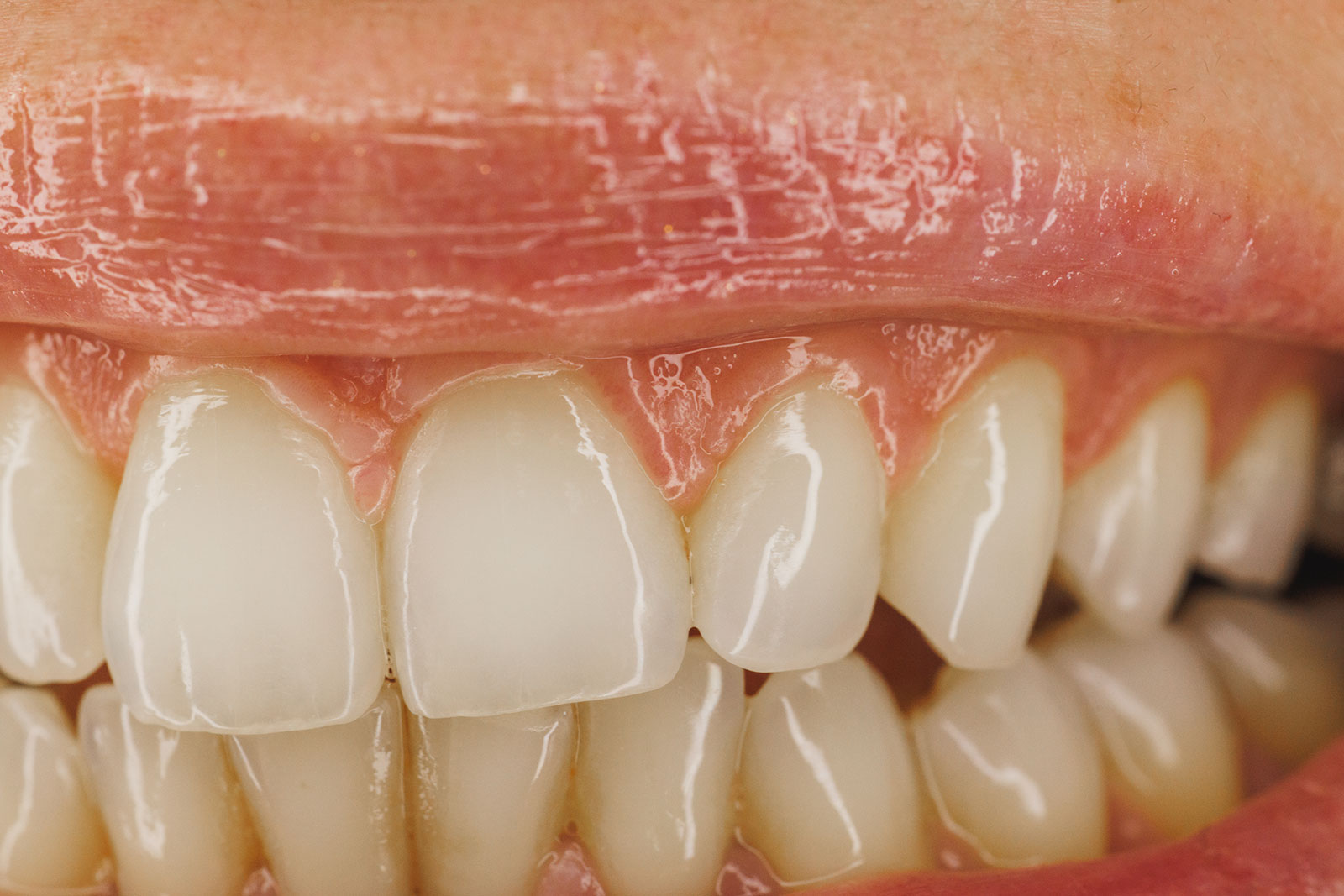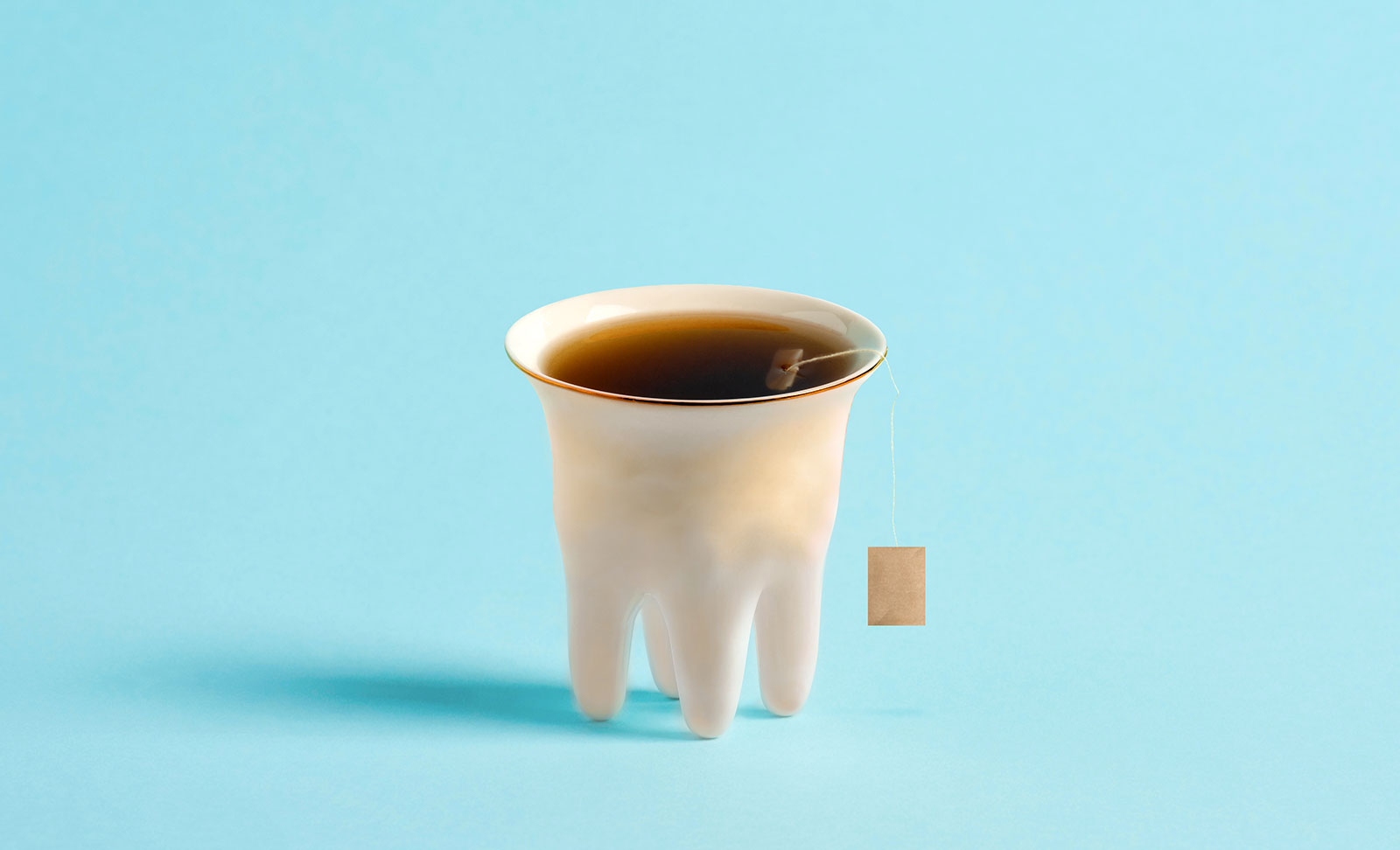A silent solution to a silent problem
Many times patients come to the office with diffuse complaints: headaches upon awakening, jaw tension, teeth that seem to have worn down for no apparent reason. After careful evaluation, in many cases the diagnosis is clear: bruxism.
Bruxism, as explained in this article, is a parafunction that consists of clenching or grinding the teeth, especially at night, unconsciously. Over time, this habit can have important consequences on oral health. One of the most effective tools to control its effects is the bite splint.
What exactly is an unloading splint?
An unloading splint is a rigid, transparent, custom-made device that adapts to the patient’s dental arch -usually the upper one-. Its function is simple but powerful: to protect the teeth from mechanical wear caused by bruxism and to redistribute the muscular forces generated by clenching.
In addition to acting as a physical barrier, it helps to relax the jaw muscles and reduce overload on the temporomandibular joint (TMJ), which can translate into less pain, less tension and a noticeable improvement in sleep quality.
When it is recommended for use
Not all patients with stress or tension need an unloading splint, but there are clear signs that indicate its convenience: enamel wear, small fractures in the pieces, pain when chewing or dental sensitivity to cold or heat. The latter is especially frequent in people with bruxism, since the loss of enamel leaves the dentin exposed, generating discomfort that we deal with in detail in this[guide on dental sensitivity].
It is also recommended in cases of TMJ dysfunction, to prevent or alleviate symptoms related to the joint and muscles involved in mastication.
The process: how it is manufactured and adapted
The splint is not a standard device. To be effective, it must be custom-made. This begins with digital or physical impressions, from which an exact model of the patient’s mouth is made in the laboratory. At a second appointment, it is tried on and adjusted to ensure that it fits accurately and does not interfere with the bite.
This process is crucial: an ill-fitting splint can cause discomfort or even aggravate symptoms. Therefore, although generic over-the-counter versions are available, we do not recommend them for the treatment of bruxism.
Basic maintenance and care
Once the splint is delivered, the patient must follow a series of simple but important cares:
-
Clean it daily with water and neutral soap.
-
Avoid exposure to high temperatures
-
Store in its ventilated box
With proper use, its durability can last for several years, although it is advisable to check its condition periodically during dental visits.
What if it is not used?
Ignoring bruxism or postponing the use of a splint when indicated can lead to serious problems: from loss of enamel to dental fissures, permanent sensitivity, chronic headaches or even damage to the jaw joint requiring more complex treatments.
Sometimes patients think that “it’s no big deal”, until consequences such as intense pain when chewing or the need for restorations appear. In these cases, we are no longer talking about prevention, but about interventions that could have been avoided.
Conclusion
The mouthguard is often the first step in breaking a cycle of pain, wear and tear and muscle tension that silently affects the teeth. It’s not just about protecting your teeth, it’s about taking care of your oral health in a comprehensive way.
If you suspect you may be clenching your teeth at night, don’t let it go. In consultation we make an accurate diagnosis and guide you on the best treatment to protect your smile today and in the long term.
Artículos relacionados
Invisible Orthodontics, Orthodontics
Comprehensive oral health, Restorative dentistry
Comprehensive oral health, Restorative dentistry





